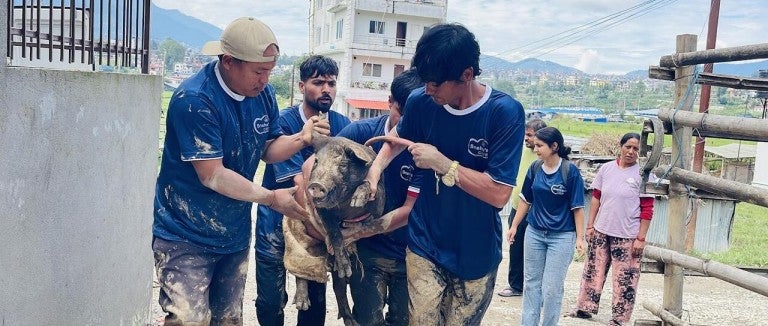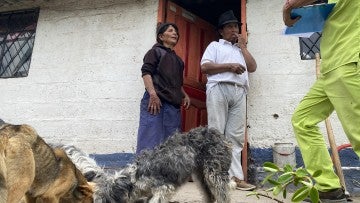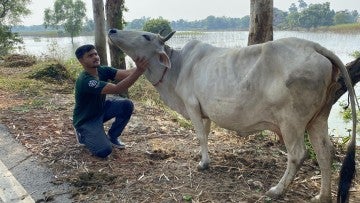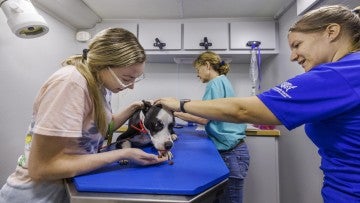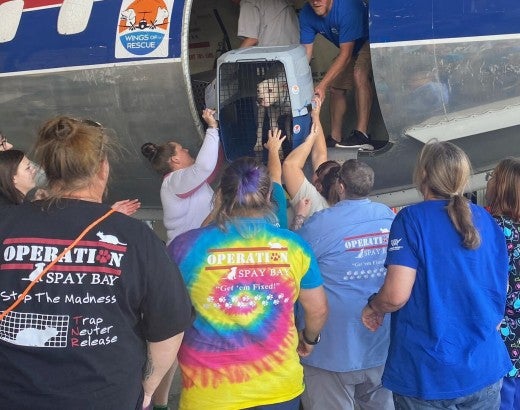The two decades since we responded to the Indian Ocean tsunami and Hurricane Katrina have witnessed a remarkable shift in public policy concerning animal-related disaster work, and we have been at the very heart of that transformation in the U.S. Just a year after Hurricane Katrina, President George W. Bush signed into law the Pets Evacuation and Transportation (PETS) Act, bipartisan legislation that required all state agencies seeking Federal Emergency Management Agency funds for disaster relief to have emergency response plans that addressed animal-related needs. For years, animal organizations had been trying to persuade the nation that successful disaster response necessarily had to take account of animals and the human-animal bond. After Katrina, studies showed that nearly half (44%) of the 100,000 people who didn’t evacuate refused to because they did not want to leave their pets behind; forced abandonment added considerably to the acute trauma faced by pet owners, thereby increasing their risk of long-term post-traumatic stress disorder. Over the course of the following year, we led and financed a legislative campaign that produced this historic law and the change in attitudes that followed.
Our efforts to center animals in disaster planning and preparedness continue to bear fruit. In late 2021, the U.S. Department of Agriculture announced its intention to implement long-overdue requirements for disaster preparedness planning for animals in regulated breeding, exhibit and research facilities covered by the Animal Welfare Act. In 2022, President Joe Biden signed into law the Planning for Animal Wellness (PAW) Act, which created an expert working group at the FEMA to review best practices and federal guidance on the sheltering and evacuation of pets in disaster scenarios. The law covers the needs of household pets, captive animals and service animals in all stages of emergency management, including preparedness, response and recovery.
On an international scale, our team has elevated global disaster response to one of our main priorities because, when it comes to greater inclusion of animals in disaster planning, there is so much more to be done. Not enough communities and disaster agencies have made the kinds of investments in resources and preparedness needed to prevent harm to animals and the people who love them. Time and again, we see economically disadvantaged and underserved communities hardest hit by disasters simply because the resources are already so scarce. We see people staying in harm’s way because they do not want to leave their pets behind and there are too few evacuation options inclusive of animals. So, when we’re not involved in direct response work, we do our best to encourage and support such planning and commitments. We are working toward the day when interest holders in both the public and private sectors prioritize concern for animals as an essential element of successful disaster and emergency response. That’s what building a more humane society is all about.
In the first quarter of the 21st century, we have responded to many complex disaster and emergency scenarios—including hurricanes, tsunamis, earthquakes, flooding, drought—which are only becoming more frequent and severe, as well as war. In the face of these devastating enormities, the show of solidarity around animals and the people who care for them is nothing short of awe-inspiring. Such support ensures that, for the communities still reeling in the aftermath of recent events, we can be there as long as it takes.
Sara Amundson is president of the Humane Society Legislative Fund.
